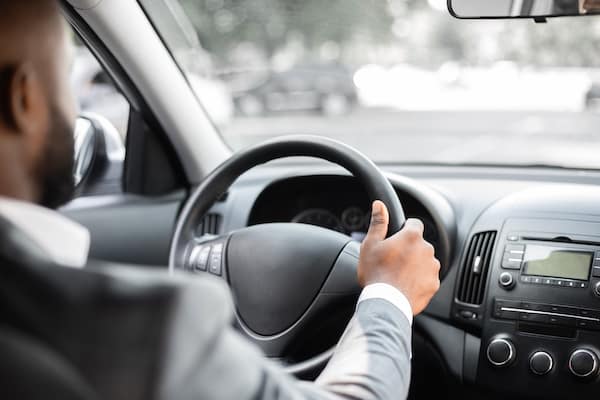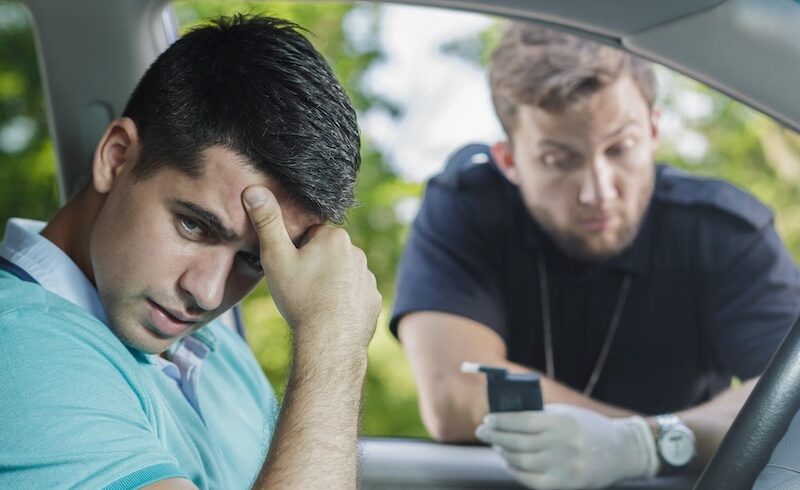
There are certain things we take for granted. Picking up children from school or getting to work using your own car is natural and even crucial to some. However, what if the benefit of the personal vehicle was taken away?
That’s what the people of Illinois were fighting for. With support from many interested parties, the American Legislative Exchange Council is among them, the Bill to protect drivers from suspensions was passed.
Now, the drivers can breathe more freely, as long as their driving remains on the right side of the law, their license remains intact.
So, with that in mind, let’s dive into the license to work act.
What is the License to Work Act?
The License to Work Act is a Senate Bill that ensures drivers won’t be punished for non-driving related incidents by a suspension of the driver’s license.
The act aims to prevent license suspension as a way of repaying the debt. This includes most non-driving related infractions, such as compliance, parking tickets, tollway tickets, and other fines are also included.
If the license was taken away due to truancy, the act also remedies that. However, if your suspension stems from a DUI, red light camera or moving violation, or failure to pay child support, your driver’s license might not be restored.
The License to Work Act was set up to keep the citizens of Illinois from losing their jobs because of unreasonable punishment.
How Will it Impact the Citizens?
A considerable number of people in Illinois get their driver’s licenses suspended each year. Many of them can’t pay for the fines or tickets given to them for non-moving violations.
These suspensions have very little to do with actual driving and serve as a preemptive or irrational punishment, rather than a practical countermeasure.
Transportation is crucial to many employees. If a person’s driver’s license is suspended, they can’t get to and from work.
This can end their employment. A study done in New Jersey found that more than 40% of people with suspended licenses lose their jobs.
The License to Work Act was designed to protect innocent people from suspension when the infringement has nothing to do with their actual driving.
The legal and justice system also suffers from unnecessary license suspensions. More than 70% of suspended drivers will carry on driving, mostly due to work-related reasons. This adds to the number of arrests.
Arrested people then have to appear in court, where their defense and prosecution might take up to several hours.
This can strain the public safety budget. If we take Washington as an example, the State obtained more than 70,000 additional hours a year dedicated to law enforcement.
This was done after the State stopped suspending licenses for non-moving violations in 2012.
People of Illinois have the highest number among those who go destitute. Up to half of the citizens are filing for Chapter 13 bankruptcy, usually the cause of the suspension of the driver’s license or seizure of the vehicle.
How to Get Your License Back?
There are several ways to get your driver’s license back. The first one involves the City Sticker.
If you have purchased the City Sticker by October 31, 2019, you may apply for debt relief. The time window for these applications is November 15 – December 15.
The debt relief will reduce the number of tickets under your name. These tickets have to be associated with non-driving activities or infringements. If, after the City Sticker relief, you have less than ten tickets, your license will no longer be suspended.
If the City Sticker approves of the action and debt relief rescinds the suspension, you will receive an email after December 31. The Secretary of State will then process and reinstate the license for a fee of $70.
The second method is much like the first one. You’ll still have to apply for the City Sticker debt relief. However, this method is meant for those, who’s final ticket number is greater than 10. In that case, you can get a relevant payment plan.
If you are eligible for the payment plan, the driver’s license can be restored. The city will provide you with documentation that’ll cost you $20. Use them to apply for reinstatement with the Secretary of State. The $70 processing fee remains.
The third method is to simply wait. If you cannot use the City Sticker debt relief or you cannot afford the fees that come with it, you can wait until the License to Work Act goes into effect. The driver’s license suspension will be lifted on July 1, 2020.
Relevant Payment Plans
If you’re eligible, you may choose to use the payment plans that are offered. The first one is the extended payment plan. It’ll require you to pay half of the debt.
The hardship payment plan is an alternative. If your license was suspended or you want a release of the impounded vehicle, you can pay a down payment and corresponding fees. You’re eligible to do this only once.
If you request the hardship payment for the second time, you’ll have to pay the fee of $100 and additional corresponding fees.
If you failed to pay the fees of the previous two times, the other requests of hardship payment plan would require you to pay 25% of the debt.
Have You Learned Something New?
This concludes our brief overview of the License to Work Act. We hope you now have a better idea of how this legislation could impact you.
If you have any questions or want to seek more information, please feel free to contact us.


